How to Make Fragrance Oil at Home
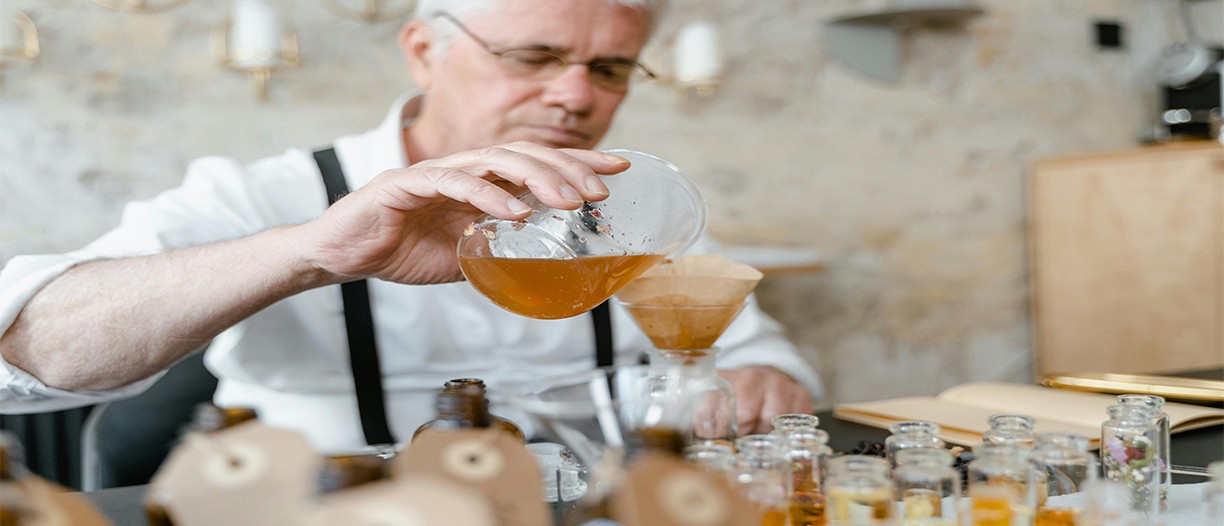
Fragrance oils are a popular and versatile product that are used in a wide variety of applications. From personal care products to home fragrances, fragrance oils offer a way to add pleasant scents to just about anything. But what exactly are fragrance oils, and how are they different from other types of scents?
Unlike essential oils, which are derived from plants, fragrance oils are synthetic or artificially created scents that are designed to mimic the aroma of natural substances. This means that fragrance oils can come in a much wider range of scents than essential oils, as they are not limited to the aromas found in nature. This also means that fragrance oils can be more cost-effective than essential oils, making them a popular choice for use in products like candles, soaps, and perfumes.
When it comes to using fragrance oils, there are a few key things to keep in mind. It's important to use fragrance oils that are specifically designed for the application you have in mind, whether it's for use in a diffuser, a candle, or a skincare product. Additionally, it's important to use fragrance oils at the proper concentration to ensure that the scent is not too overpowering or too weak.
Benefits of Making Fragrance Oil at Home
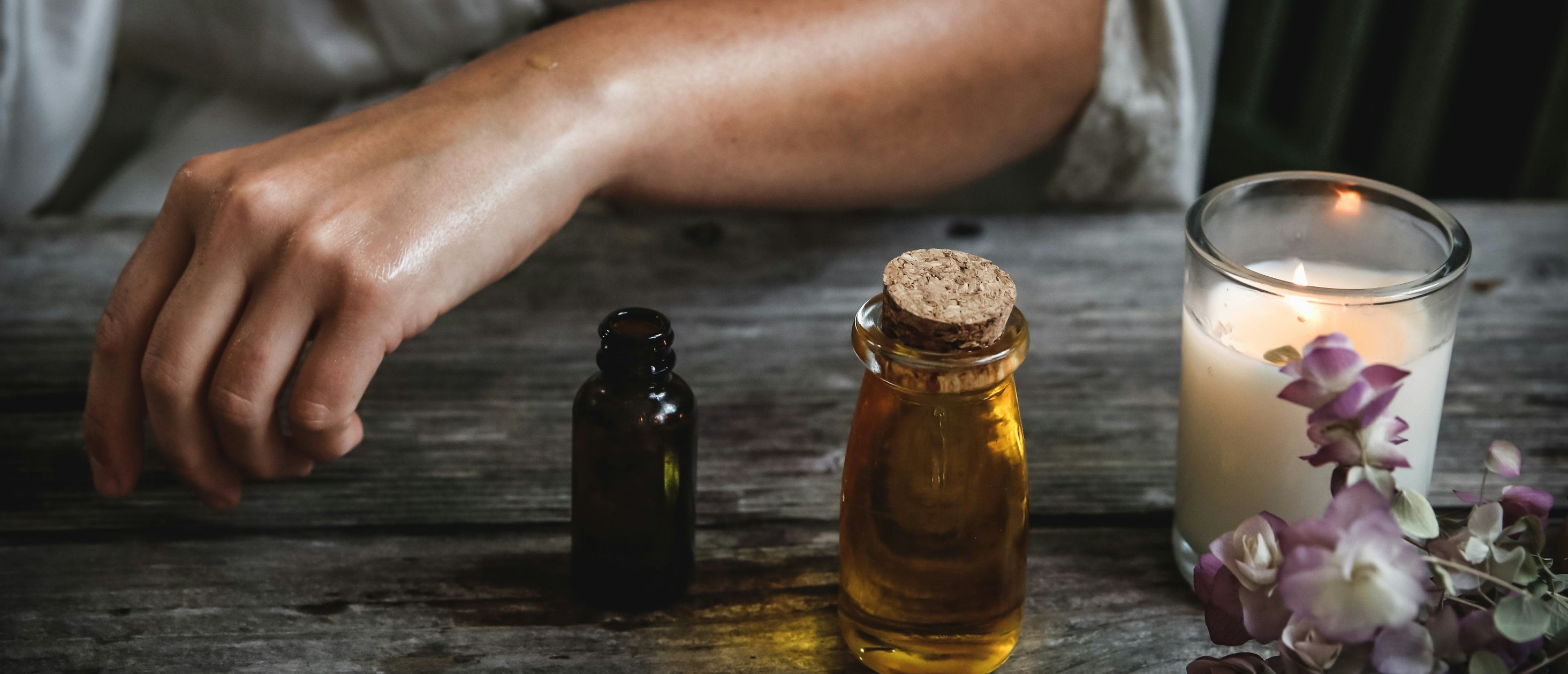
Making fragrance oil at home can have many benefits, both for your personal scent preferences and for your overall well-being. By creating your own fragrance oils, you have the freedom to customize scents to your liking, avoid harsh chemicals often found in commercial perfumes, and even potentially save money in the long run.
One of the main benefits of making fragrance oil at home is the ability to tailor the scents to your personal preferences. Whether you prefer floral, citrus, woody, or spicy scents, you can choose the specific essential oils and blends that appeal to you. This can allow for a more unique and personal fragrance that truly reflects your individual tastes and personality, which can be difficult to find in store-bought perfumes.
In addition to the customization aspect, making fragrance oil at home can also provide peace of mind when it comes to knowing exactly what ingredients are being used. Many commercial perfumes contain synthetic fragrances and potential irritants such as phthalates and parabens, which can be harsh on the skin and potentially cause allergic reactions. By creating your own fragrance oils using natural essential oils, you can ensure that you are avoiding these potentially harmful chemicals and creating a more natural, skin-friendly product.
Furthermore, making fragrance oil at home can also be a cost-effective alternative to purchasing expensive commercial perfumes. While there may be an initial investment in essential oils and carrier oils, the ability to create multiple bottles of custom fragrance oil from these supplies can potentially save money in the long run. This can be particularly beneficial for those who enjoy experimenting with different scents and creating their own signature fragrances.
Step-by-Step Guide: Crafting Your Own Fragrance Oil
Before delving into the creative process of making your own fragrance oil, gather the following materials:
Carrier Oils:
Choose high-quality carrier oils such as jojoba, almond, or fractionated coconut oil. These oils act as a base and help dilute the concentrated essential oils
Essential Oils or Fragrance Oils:
Essential oils are derived from natural sources like plants, flowers, and fruits, while fragrance oils are synthetic. Both offer a wide range of scents to choose from. Select a variety of oils to create your desired fragrance profile.
Glass Dropper Bottles:
Opt for dark-colored glass dropper bottles to protect your fragrance oil from light exposure, which can degrade its quality over time.
Mixing Utensils:
Use glass stirring rods, glass droppers, or stainless steel spoons for mixing your fragrance oils. Avoid plastic utensils, as they can absorb the scent.
Labeling Materials:
Keep track of your creations by labeling your bottles with the name of the fragrance blend and the date it was created. Use waterproof and oil-resistant labels to ensure they stay intact.
Storage Containers:
Have additional glass jars or bottles on hand for storing your essential oils and carrier oils when not in use. Proper storage helps maintain their potency and freshness.
The Process of Making Your Own Fragrance Oil
Now that you've gathered all the necessary materials, it's time to embark on the journey of creating your own signature fragrance oil. Follow these steps to craft a scent that reflects your unique style and personality:
Select Your Base Notes
Begin by choosing your base notes, which form the foundation of your fragrance. These notes provide depth and longevity to your scent. Popular base notes include warm and earthy aromas like vanilla, sandalwood, and patchouli. Experiment with different combinations to find the perfect base for your fragrance.
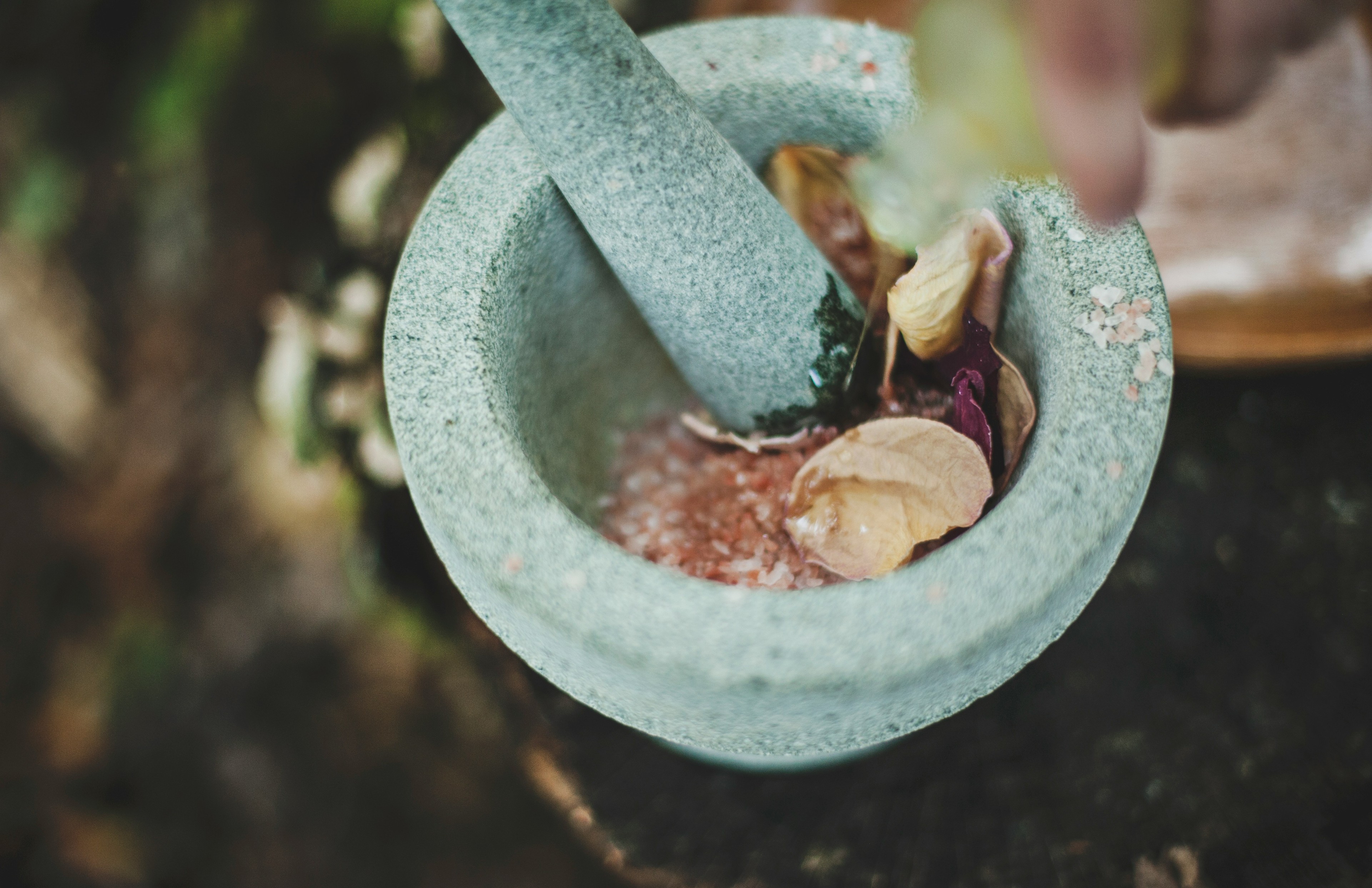
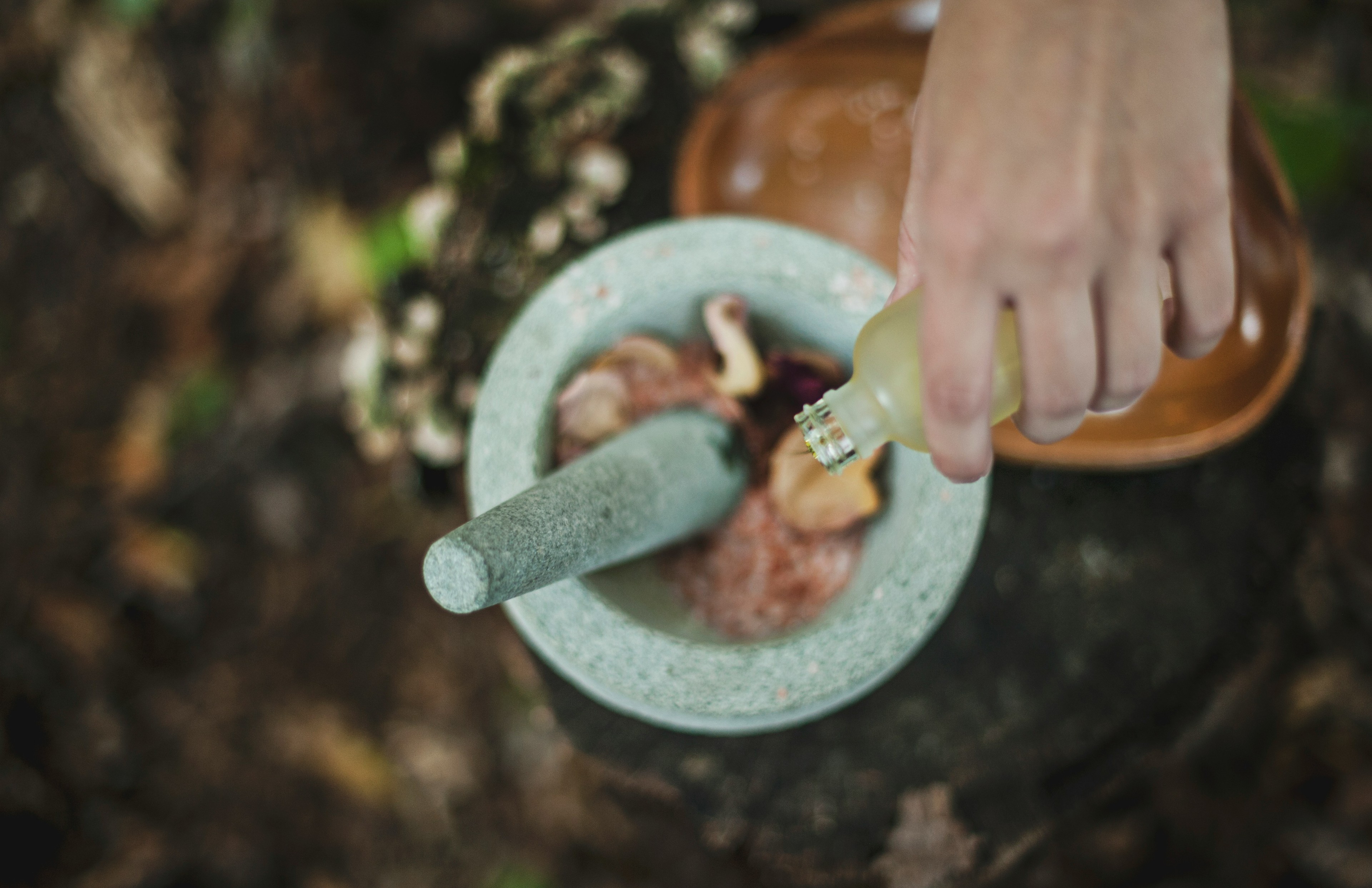
Choose Your Middle Notes
Next, select your middle notes, which add character and balance to your fragrance. Middle notes are often floral or fruity scents that complement the base notes. Consider options like rose, jasmine, lavender, or fruity notes like apple or berry. Blend these middle notes with your chosen base to create a harmonious aroma.
Add Top Notes
Top notes are the first impression of your fragrance and provide a refreshing and uplifting scent. These notes are typically light and fleeting, dissipating after the initial application. Common top notes include citrus oils like bergamot, lemon, or orange, as well as herbal notes like peppermint or eucalyptus. Carefully incorporate these top notes into your blend, balancing them with the richer base and middle notes.
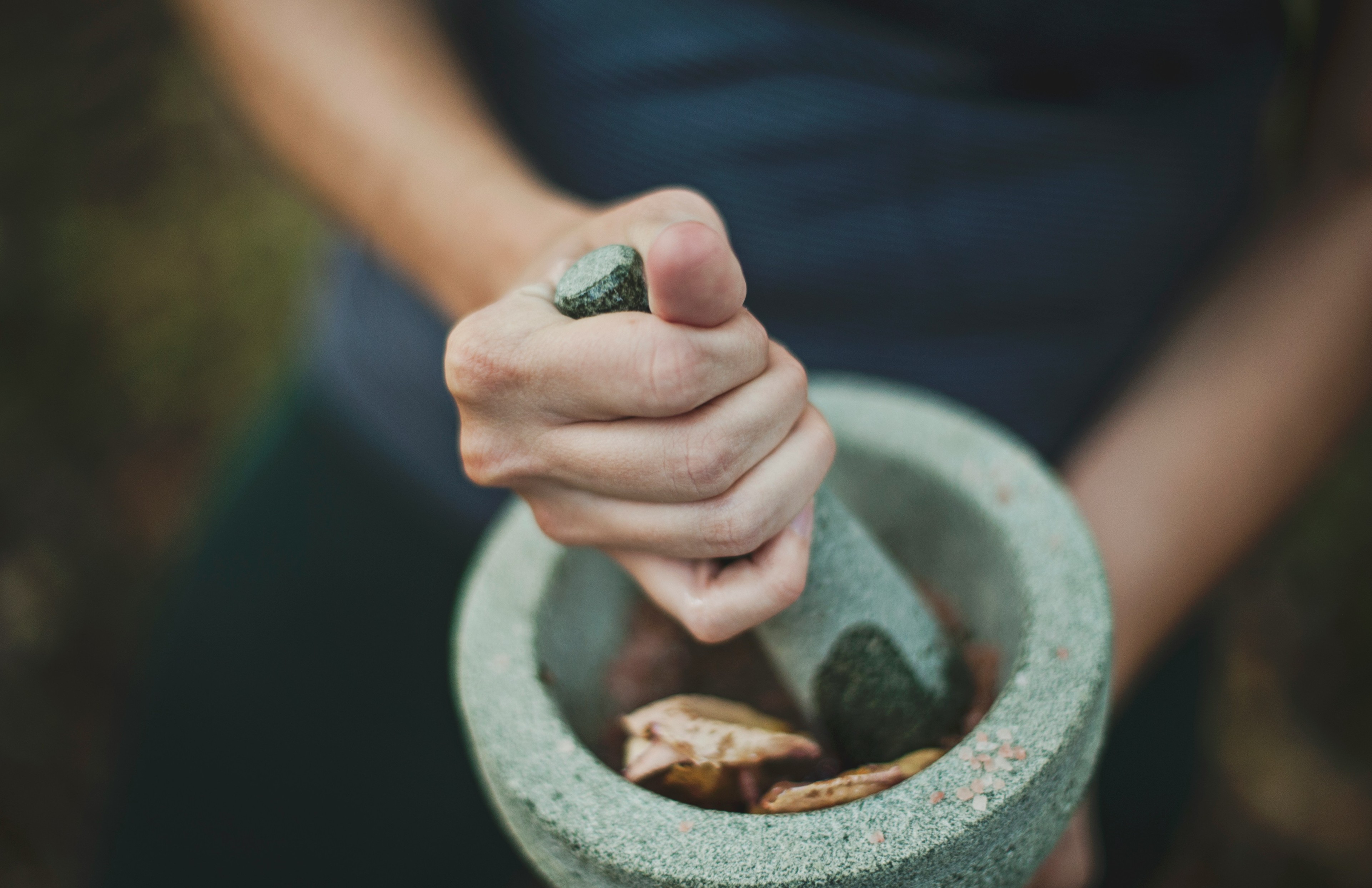

Experiment with Ratios
Begin blending small amounts of your chosen oils in a separate container. Start with a base note, adding middle and top notes gradually while noting the proportions. Experiment with different ratios until you achieve a balanced and pleasing scent. Keep track of your measurements for future reference.
Allow for Blending Time
After mixing your oils, allow them to blend together for at least 24 hours. This resting period allows the individual notes to meld and harmonize, giving you a more accurate representation of the final scent. Resist the temptation to judge your blend immediately; patience is key to achieving the perfect fragrance.
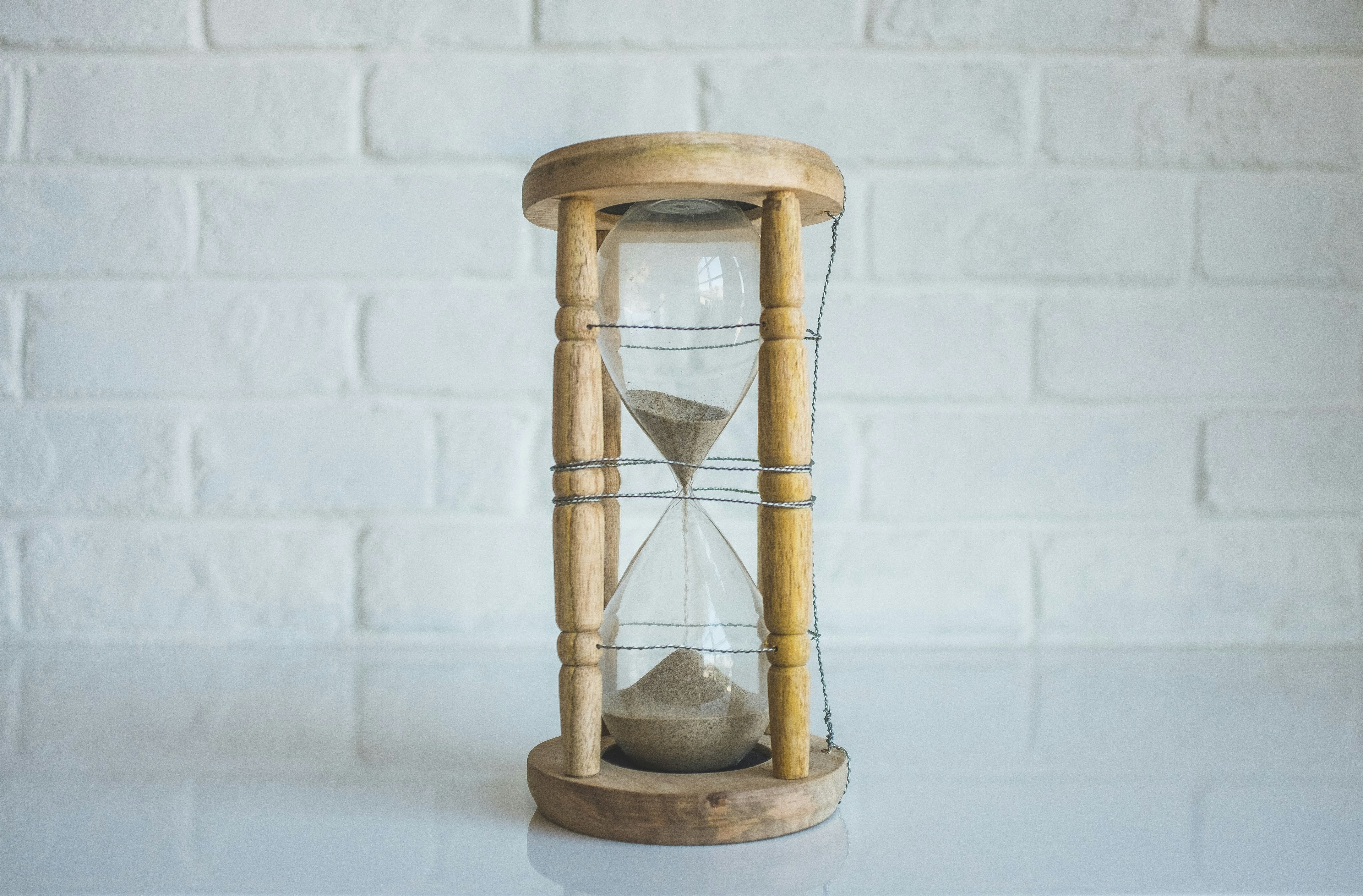

Test and Adjust
Once your blend has had time to mature, perform a skin patch test to assess how the fragrance interacts with your body chemistry. Apply a small amount of the oil to your wrist or inner elbow and observe how it develops over time. Note any changes in scent or skin reaction. If necessary, adjust your blend by adding more of certain oils to achieve the desired fragrance profile.
Bottle Your Fragrance
Once you're satisfied with your blend, carefully transfer it into glass dropper bottles for storage. Dark-colored bottles are ideal for preserving the integrity of the fragrance oil by protecting it from light exposure. Use a funnel to avoid spills and waste, and ensure that the bottles are tightly sealed to prevent evaporation.
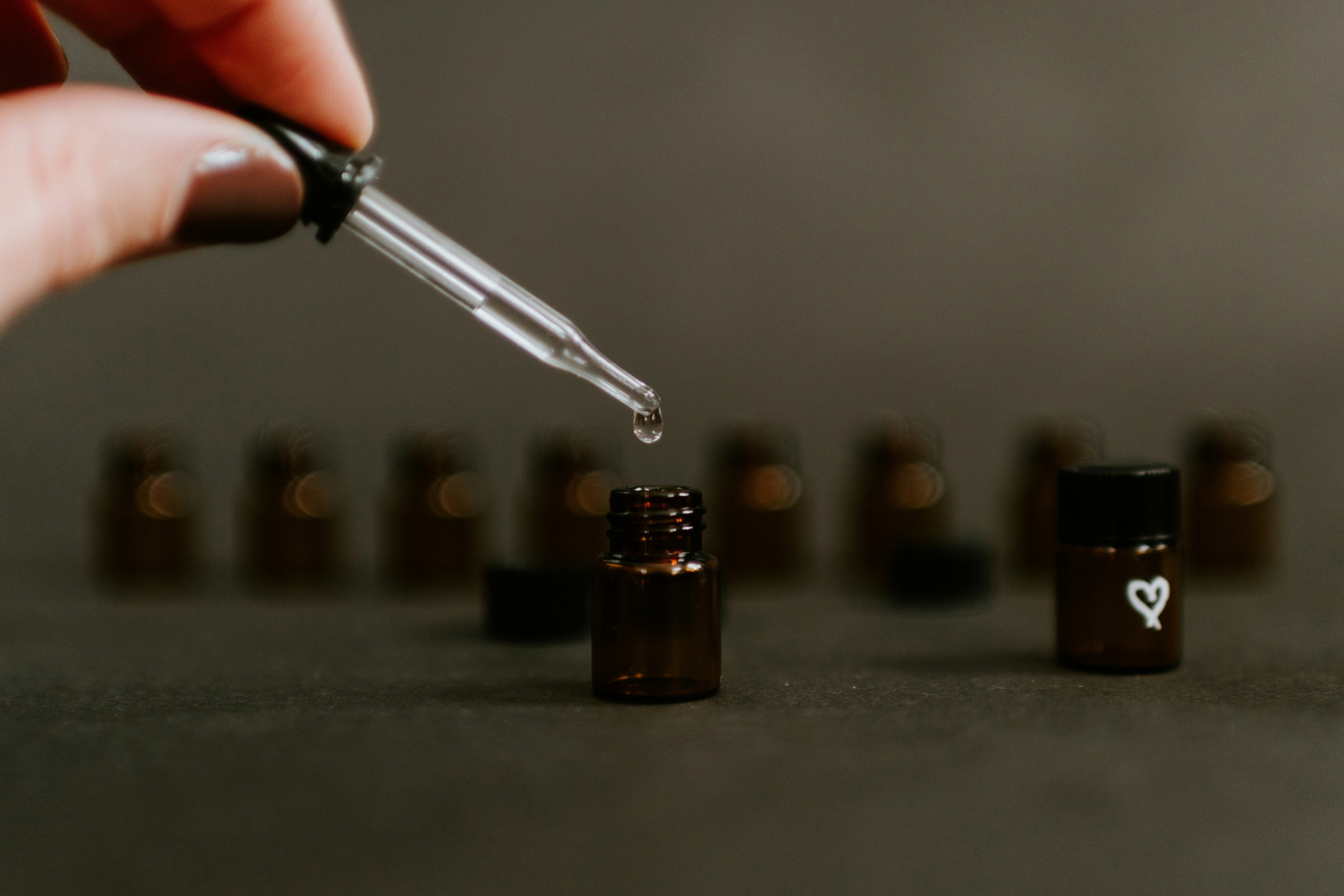
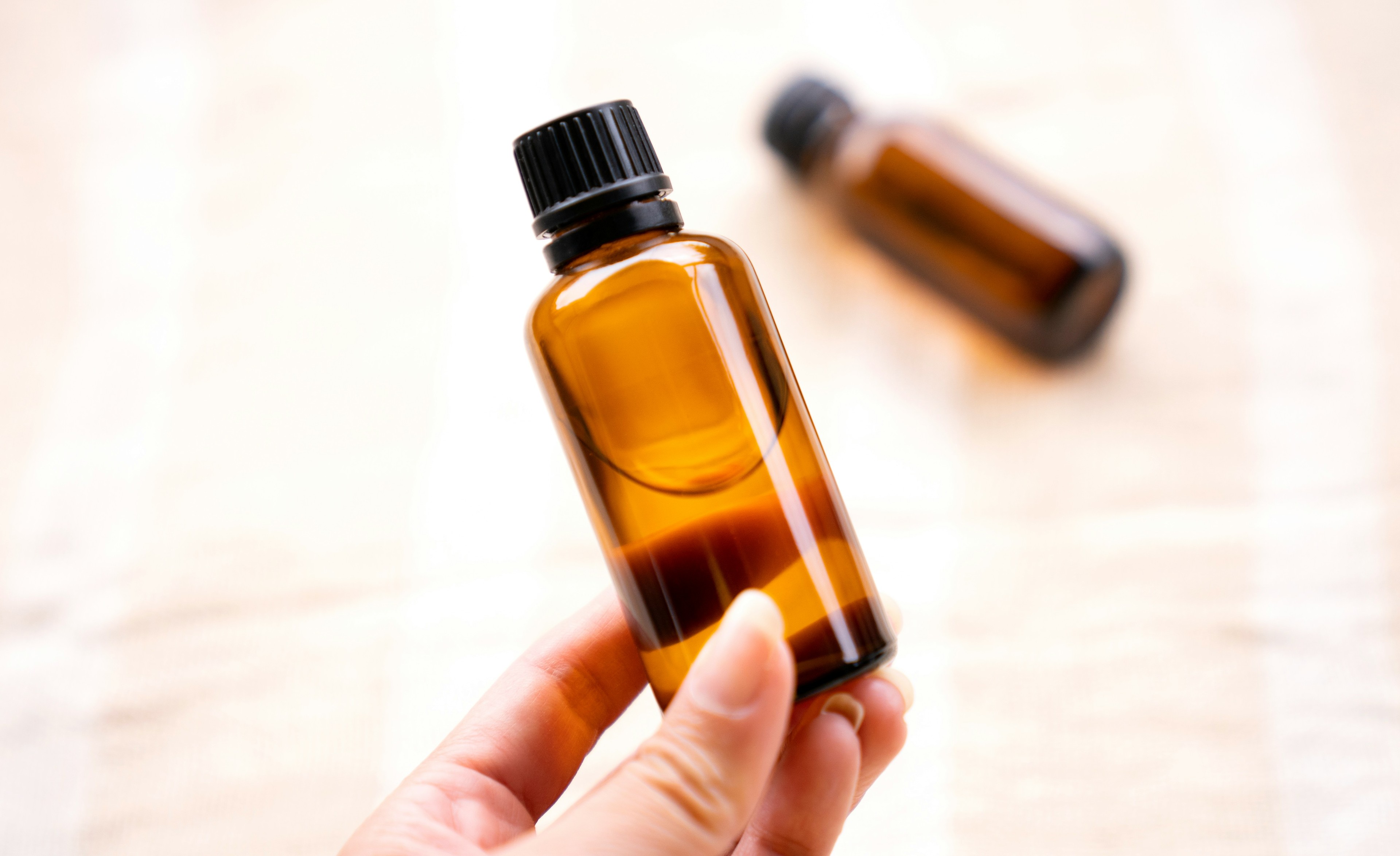
Label Your Creation
Don't forget to label your fragrance oil with its name and the date it was created. This simple step will help you keep track of your blends and replicate them in the future. Use waterproof and oil-resistant labels to ensure they remain legible over time.
Congratulations! You've successfully crafted your own fragrance oil. Embrace the joy of wearing a scent that is uniquely yours, and revel in the creative process of blending aromas to create something truly special. Experiment with different combinations and refining your techniques to continue crafting exquisite fragrance oils that capture your essence.
Tips and Tricks for Customizing Commercially Manufactured Scents
Are you tired of wearing the same old perfume or cologne every day? Do you want to create a signature scent that is uniquely yours? If so, it's time to start customizing your own scents. With a few tips and tricks, you can easily create a fragrance that is tailored to your personal preferences.
One of the first steps to customizing your own scent is to familiarize yourself with different fragrance notes. There are three main categories of fragrance notes: top, middle, and base. Top notes are the initial scents you smell when you first apply a fragrance, while middle notes emerge after the top notes fade, and base notes are the longest lasting scents. By understanding these different notes, you can start to mix and match them to create a scent that suits you.
Once you have a basic understanding of fragrance notes, it's time to start experimenting with different combinations. You can start by mixing a few drops of different essential oils together to see how they interact. Keep track of the combinations you like best, and don't be afraid to get creative. Maybe you'll find that a floral top note pairs well with a woody middle note, or that a citrus base note adds a refreshing twist to a spicy fragrance.
Another tip for customizing your own scent is to consider the season and occasion. For example, a light and fresh scent might be perfect for summer, while a warmer and spicier fragrance might be more fitting for winter. You might also want to create a specific fragrance for special occasions, such as a date night or a formal event. By tailoring your fragrance to the time and place, you can ensure that it always feels just right.
Lastly, don't be afraid to seek out professional help when customizing your own scent. Many fragrance shops offer custom blending services, where you can work with an expert to create a scent that is uniquely yours. They can guide you through the process, help you choose the right ingredients, and ensure that the final product is exactly what you were hoping for.
Storing and Preserving Homemade Fragrance Oils
Homemade fragrance oils can be a fantastic way to add a personal touch to your home or beauty routine. However, it's important to properly store and preserve your homemade fragrance oils to ensure that they retain their scent and potency for as long as possible.
When it comes to storing homemade fragrance oils, the key is to keep them in a cool, dark place. This means avoiding direct sunlight and temperature fluctuations, as these can cause the oils to degrade more quickly. A dark glass bottle is also a good choice for storing fragrance oils, as it helps to protect them from light exposure.
It's also important to keep your homemade fragrance oils away from heat sources, such as radiators or stoves, as heat can cause the oils to break down and lose their scent. Instead, opt for a consistently cool storage space, such as a cupboard or drawer.
To preserve the scent of your homemade fragrance oils, it's a good idea to keep them sealed tightly when not in use. This will help to prevent the oils from evaporating and losing their potency over time. Additionally, you can add a few drops of a natural preservative, such as vitamin E oil, to your homemade fragrance oils to help extend their shelf life.
When it comes to preserving the scent of your homemade fragrance oils, it's also important to avoid exposing them to air for extended periods of time. This means using a small, airtight container for storing your oils, and being mindful of how frequently you open and close the container.
Creative Uses for Homemade Fragrance Oils
Fragrance oils are versatile and can be used in a variety of ways to enhance your daily life. Making your own homemade fragrance oils can be a fun and rewarding experience, and once you have your own unique blends, there are numerous creative uses for them
.
One creative use for homemade fragrance oils is to use them as a natural air freshener. Simply add a few drops of your favorite fragrance oil to a small spray bottle filled with water and mist it around your home to freshen up the air. You can also add a few drops to a pot of simmering water on the stove to create a natural air freshener that will fill your home with a delightful aroma.
Another great use for homemade fragrance oils is to use them in homemade beauty products. You can add a few drops of your favorite fragrance oil to homemade lotions, body scrubs, or bath salts to give them a beautiful scent. This is a great way to create personalized, natural beauty products that not only smell great but are also free of the harmful chemicals found in many commercial products.
Homemade fragrance oils can also be used to create unique and personalized candles. Simply add a few drops of fragrance oil to melted soy wax and pour it into a mold to create your own custom-scented candles. This is a great way to fill your home with the scents you love and create a cozy and inviting atmosphere.
You can also use homemade fragrance oils to create personalized gifts for friends and family. Whether it’s a custom-scented lotion, a beautifully scented candle, or a personalized room spray, homemade fragrance oils allow you to create thoughtful and unique gifts that anyone would love to receive.
Conclusion
In conclusion, creating fragrance oil at home opens up a world of possibilities for crafting unique and personalized scents that reflect your individuality and preferences. While commercially manufactured fragrances offer convenience, homemade fragrance oils provide the opportunity to tailor scents to your liking, avoid harsh chemicals, and potentially save money in the long run.
By following the step-by-step guide outlined in this article and gathering the necessary materials, you can embark on a sensory journey of self-expression and creativity. Experiment with different combinations of essential oils to create your own signature fragrance blends, and enjoy the satisfaction of wearing a scent that is uniquely yours.
Furthermore, customizing your own scents allows for greater control over the ingredients used, ensuring that you avoid potential irritants and allergens often found in commercial perfumes. This can be particularly beneficial for individuals with sensitive skin or those seeking more natural alternatives to traditional fragrances.
Whether you're creating fragrance oils for personal use or as gifts for loved ones, the process of blending aromas and creating delightful scents is a rewarding endeavor. So why settle for off-the-shelf fragrances when you can unleash your creativity and craft fragrances that truly speak to you? Start experimenting today and discover the joy of making fragrance oils at home.
Articles you might be interested in:
The Realm of Fragrance Oils for Perfumes
Fragrance Oils Vs Essential Oils
Top 5 Fragrance Oils Collection for Women


